Happy Birthday to one of the world’s most famous structures! The Eiffel Tower was officially completed 125 years ago today, on March 31, 1889, just in time for its role as the grand entrance to the Universal Exposition that opened on May 6th, celebrating the 100th anniversary of the French Revolution.
The Tower, lit up for the Exposition; general view of the Exposition at right
“Officially completed,” because on opening day, workers were still swarming over the structure, completing installation of the elevators. It was a few days more before visitors could go above the first platform, and before they could use the elevators. Still…the construction of the tower was an amazing feat: 18,000 metal parts, 2,500,000 rivets, and only two years, two months and five days to put it together—the world’s first significant iron- or steel-framed building, and just possibly the least-popular building in all of Paris.
A view from about 1930 shows the old Trocadero across the Seine, and also the
soon-to-be-removed decorative arches along the first level.
At a time when solid masonry seemed right, especially for a monument, this iron behemoth, more than ten times higher than any other building in Paris, inspired campaigns to prevent its construction, campaigns to have it removed, and artistic and literary scorn from all kinds of famous names. Pretty strange beginnings for what would become the undisputed symbol of Paris and romance! So, Happy Birthday!
But today, Gumbo is taking a look at the tower’s conception and birth. The tower as we know it was not the only possibility: the design competition drew more than a hundred entries, some of which bordered on the bizarre. The terms of the contest required a tower. One proposal would have built a huge guillotine to commemorate the Revolution; another called for a 1000-ft. granite lighthouse that, designers claimed, would allow anyone in Paris to read a newspaper at night; and yet another called for a giant water sprinkler that could be used to water Paris in case of a drought.
Eiffel’s winning arguments for his design came down to a very few: First, only a building using new material could symbolize France’s progress; second, only a metal tower like this could actually be finished in time for the fair, and, most importantly, no other design would be as cheap. The committee made sure of the cheap; the contract with Eiffel made him personally responsible for 80% of the cost. In return, it gave him all the revenue from it for a 20-year period, after which he would be required to remove the tower.
Summer of 1887, first metalwork begins on completed foundations
While Eiffel’s name is on the tower and the general plan was his, he relied heavily on close associates from his engineering and bridge-building company. Chief among them was Maurice Koechlin, his associate from the building of the skeleton of the Statue of Liberty. Koechlin turned the broad concept into a working plan, which Eiffel and he modified again and again. Some of the changes were for strength; some were to make it look suitably ornate. In the end, though, almost every part had a structural role.
By Dec. 7, 1887 familiar shapes begin to emerge
How big a project this was, and why many were skeptical it was possible, can be seen in the fact that the tower was to be nearly twice the height of the tallest building in the world at the time: the Washington Monument. And that 555-foot structure had taken 36 years to build. But Eiffel was completely confident of his calculations, and his reputation as France’s greatest engineer and bridge-builder carried the day.
By March 20, 1888 the platform of the first level was in place
The tower was not only a breakthrough in its size, and in its use of materials: it also represents one of the first pre-fab building projects in the world. The more than 18,000 parts were molded and manufactured off-site, using as few different types as possible, and to a tolerance of 1/10 of a millimeter. They were carted to the site and assembled with rivets by a crew that never went much beyond 250 workers at a time. But not everything was standard; different geological conditions on the Champ de Mars meant that each of the legs has a different foundation system.
By May 15, the next level was well underway.
August 21, 1888: the second level is topped off.
Getting the parts to the top as the tower grew was another problem to solve: no crane in the world was tall enough to lift 5-ton pieces that high, and no one could carry them up the stairs. The construction of the tower involved the first-ever use of creeper cranes, which rode up the outside of the legs as they rose, carrying the parts for the next level.
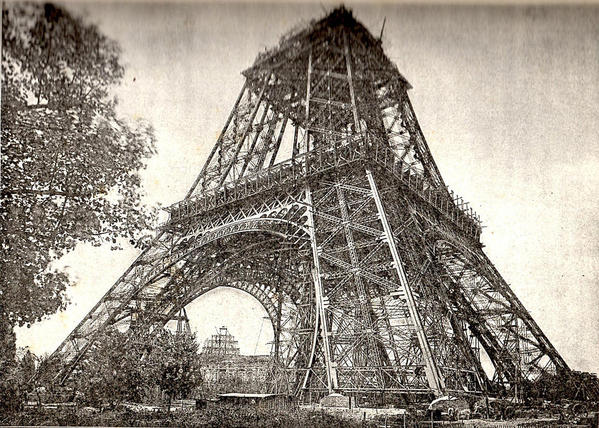 Because of its height, it became one of the first buildings where wind had to be taken into account. Eiffel’s experience and calculations changed the shapes of the lattices he had used for bridges; the curving slopes of the legs were calculated for how the wind would strike them; and the edges of parts were curved for smooth passage of the wind. Eiffel appears to have used graphical rather than mathematical methods for his modeling—but he clearly was right: the entire tower never sways more than two to three inches in the highest winds.
Because of its height, it became one of the first buildings where wind had to be taken into account. Eiffel’s experience and calculations changed the shapes of the lattices he had used for bridges; the curving slopes of the legs were calculated for how the wind would strike them; and the edges of parts were curved for smooth passage of the wind. Eiffel appears to have used graphical rather than mathematical methods for his modeling—but he clearly was right: the entire tower never sways more than two to three inches in the highest winds.
Privileged visitors get a tour of the construction
By the time the Exposition was over it had had more than a million visitors, and had won enough admirers that there was little more talk about tearing it down. By the time 1909 rolled around, it had even become popular—and useful. Marconi’s radiotelegraph system led to the installation of the first antenna on the tower, and that sealed the deal. It’s had other useful roles as well. By measuring radiation at its base and its peak, Theodor Wulf discovered what we now call cosmic rays. In the early days of World War I the tower played a role in the defense of Paris; transmitters there were able to jam German military radio signals.
Workers assembling parts high above the city; at right, capping off the very top
The only other serious threat to its permanence came in 1944 when Hitler ordered Paris, and particularly the tower, destroyed by German armies as the Allies approached. The order was ignored, and shortly before the Germans left, competing teams raced to the top to tear down the Nazi swastika flag and rehang the French tricouleur. The race was on foot: In 1940, the cables for the elevators were sabotaged to prevent occupying forces from using it.
And so, the tower celebrates its birthday today, hosting over 7 million visitors a year (the most of any paid attraction in the world). It’s approaching the 300,000,000-visitor mark within the next year or two. And next summer, I’ll be one of them again.
In the meantime, please enjoy these pictures, and the "extras" in the slideshow area below, as well as these TravelGumbo blogs about the Eiffel Tower and about Gustave Eiffel's work elsewhere:
Gustave Eiffel: The Iron Man of Paris
The "Eiffel Tour" Only Starts with the Tour Eiffel
Paris Looking Down: A View from the Eiffel
Uncredited historic pictures above from Wikimedia Commons are in the public domain.

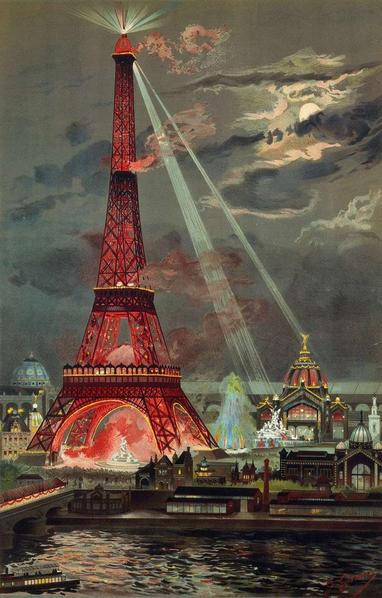
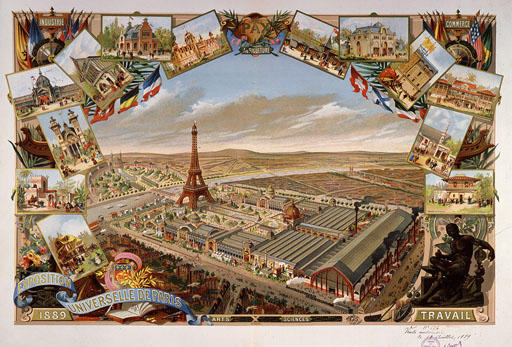
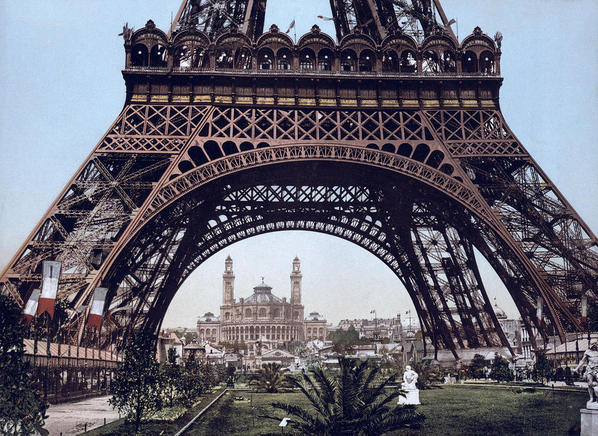
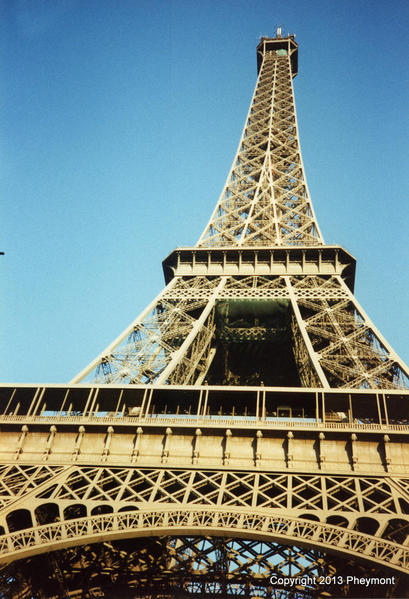
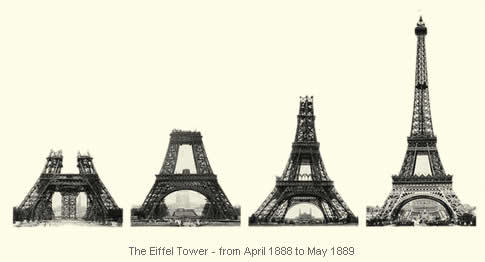

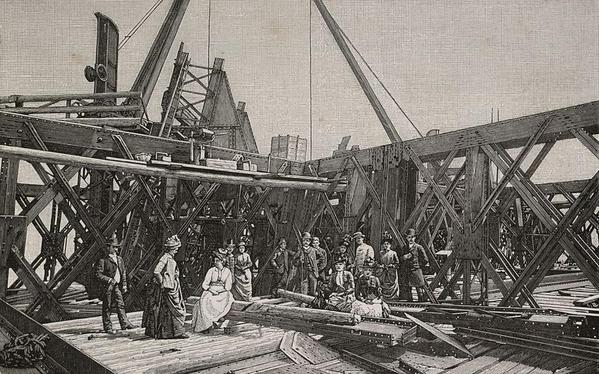
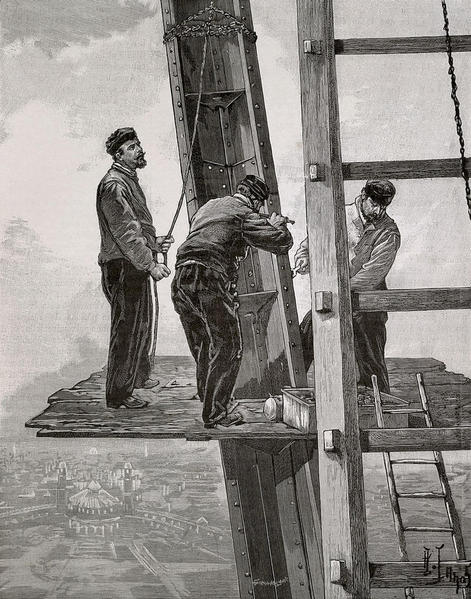
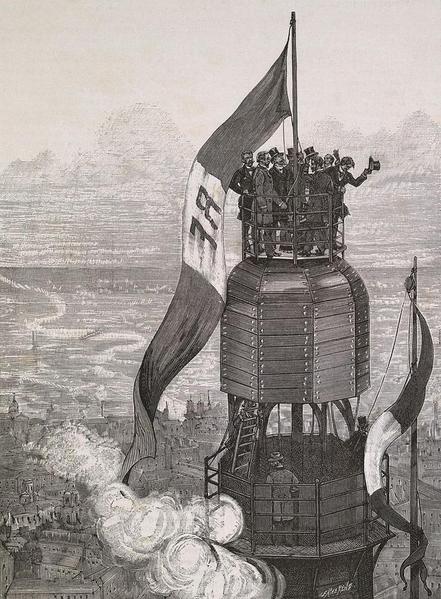
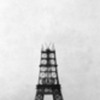
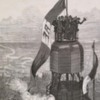
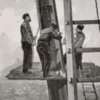

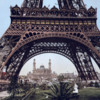
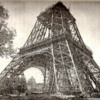



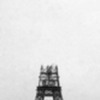
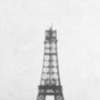
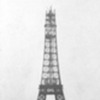
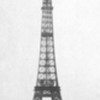
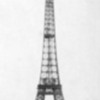
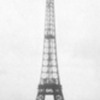
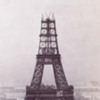
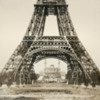
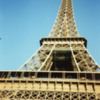

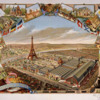

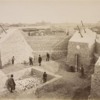
Comments (3)